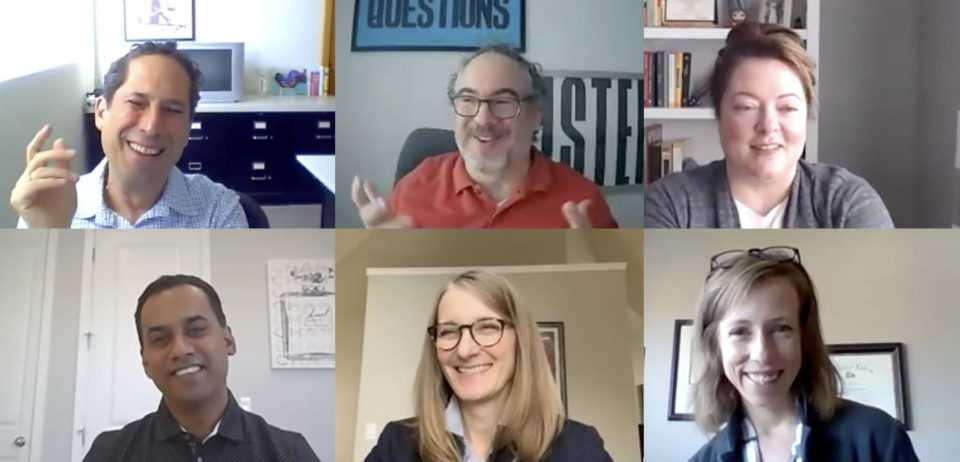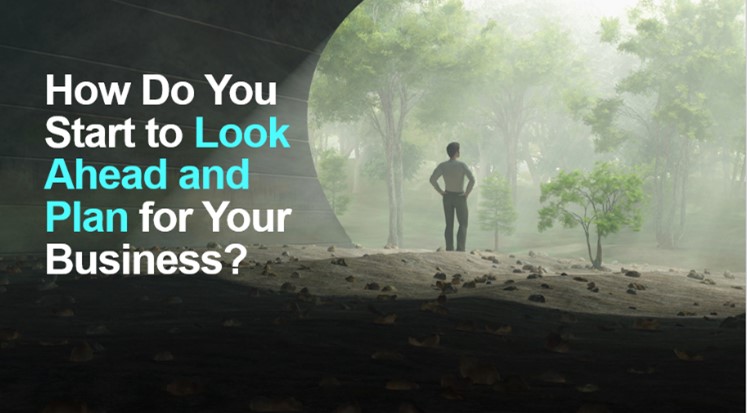I recently had the opportunity to moderate a roundtable discussion on behalf of Ignite 360 that included insights leaders from some of the largest companies in the U.S.: Elizabeth Oates, Sr. Director, Consumer Insights at Ulta Beauty; Humayun Rashid, Director, Microsoft 365 Research & Insights; and Marlene Straszewski, former Senior Director, Consumer Insights at General Mills; along with Rob Volpe and Lisa Osborne from Ignite 360.

It was a wide-ranging conversation, covering their thoughts on how things are changing in the insights field, as well as how research agency partners can provide value to companies like theirs and more.
One thing that has stuck in my mind from the discussion: the desire to truly understand research participants as human beings.
- “What I would say is different today versus maybe five years ago is really shifting from thinking about a respondent or a consumer… to be talking more about people, and humans, and talking about how can we solve real human problems.” – Marlene Straszewski
- “We find that building platforms and building things where the stakeholders are forced in some ways to participate… where the distance between the respondents and the stakeholders is becoming closer and closer and closer so that they are more in tune with those consumer user needs.” – Humayun Rashid
- “Recently, someone asked me ‘what is gen pop’ – that’s a great question, what does that mean… we’re looking at lots of different types of people… how do we understand people as they see themselves?” – Elizabeth Oates
I think that’s an important point that sometimes gets forgotten when we conduct market research. Beyond asking participants specific questions about our product or service, we need to ensure we have a deep understanding of the context: customers’ lives and how our product or service fits in.
During our roundtable, Marlene, Elizabeth and Humayan also talked about:
- The importance of considering diversity in our target audiences, not just because it’s the right thing to do – it’s also good for business
- The value of conducting in-person research. While they appreciate the convenience of remote research, our roundtable agreed that some of their most memorable insights came out of in-person research
- What they want from research agency partners is flexibility, the ability to bring new thinking and “learn from the past and adapt to the new and the now”
Those are just the highlights; you can watch the whole discussion here. And let’s talk about the best ways to learn from your customers. Email me at info at bureauwest.com.

